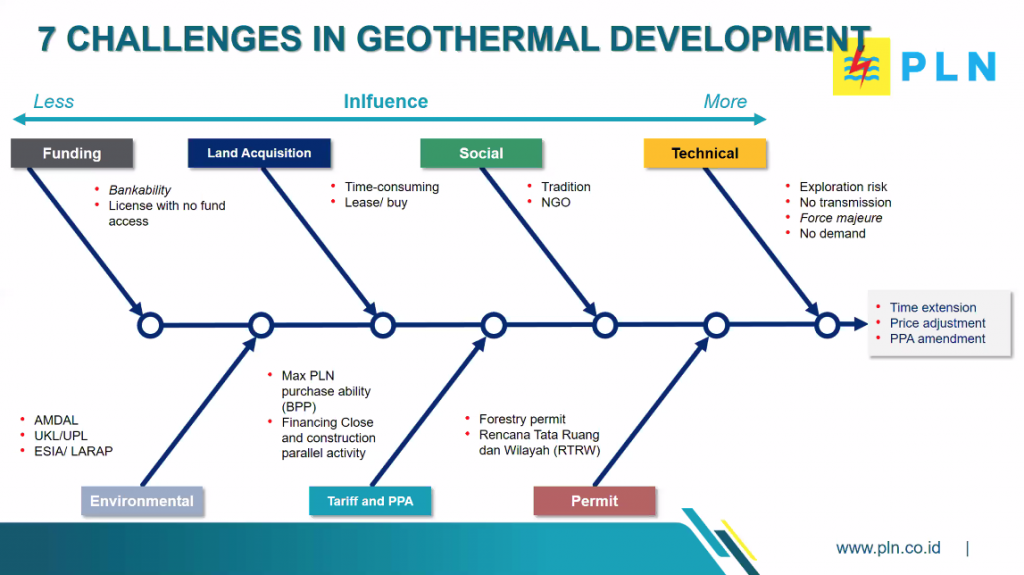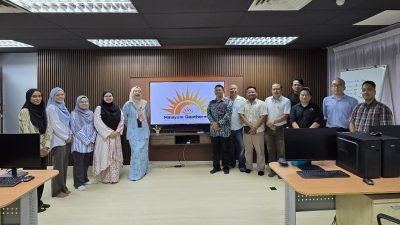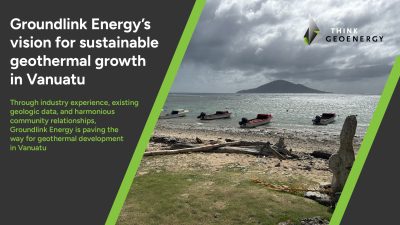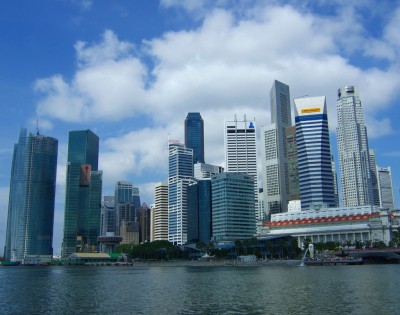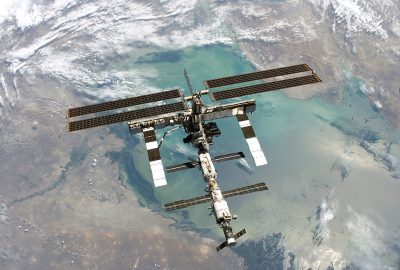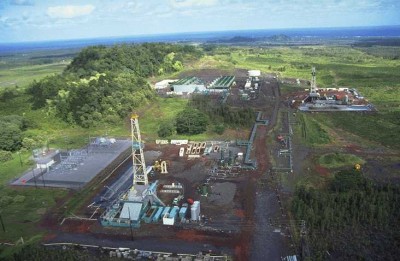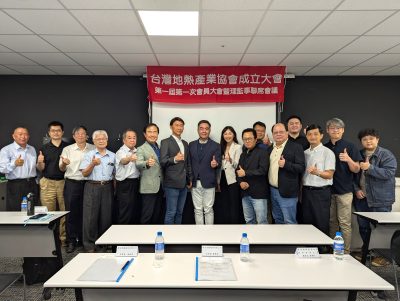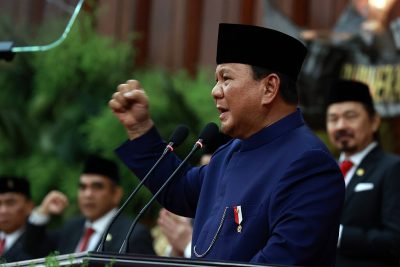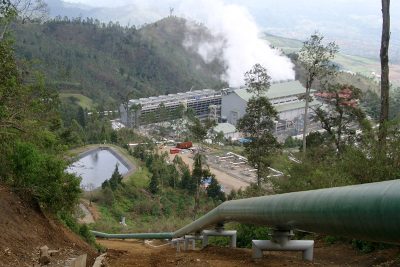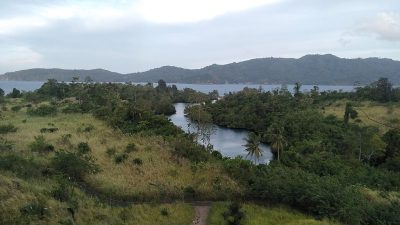Commitment needed for geothermal to be part of Indonesia’s sustainable development
Following the recent Digital Indonesia International Geothermal Convention, George Barber addresses some of the continuing challenges for geothermal in Indonesia.
In a great article George Barber provided a great synopsis of the recent Digital Indonesian International Geothermal Convention (DIIGC) in an article for MudRock Media titled: “GEOTHERMAL COUNTRY The Future is Now: Committing Geothermal Energy for Indonesia’s Sustainable Development”
The article has been written as part of a report for MudRock Media one of the media sponsors to make a report for DIIGC. The second part of the report provides his comments and thoughts.
In his article, he picks up on specific topics of the conference, such as investment, Indonesian know-how and experience and more.
In a more opinionated take he addresses a key emphasis of the Indonesian government, namely the planned drilling exploration program. Here below his take on why “a Drilling Exploration program is not going to solve the problem or decrease the risk of drilling dry wells.”
This puts the Indonesian Government’s plan for de-risking exploration by drilling exploration into question. The main risk in the early stages of any geothermal development is knowing the source of the resource, knowing as much as you can about the geothermal system in situ, it is not just about surface manifestations, it is not just about volcanic systems, hot temperatures, it is also about non-volcanic areas, it is about hidden reservoirs, it is about cool, medium and hot temperatures, it is also about permeability, fractures, size of the reservoir in order that the potential electrical output can be estimated, it is also about fluids being present as it is difficult to bring in fluids to remote areas. It is also about low, medium and high-temperature geothermal systems, the technology is there to develop these (subject to demand and cost).
Therefore, my question is simple, how is the exploration risk being reduced? In my view and indeed other views, it is not. The risk is still there in the early stages of exploration, nothing new is being done or was even suggested during DIIGC. One presenter stated that the government is on the wrong track, they should be de-risking the infrastructure and land issues, although, in my opinion, this risk can or should be able to be resolved. Why try to resolve land issues if you do not know the full potential of any given area, sadly to say, to do this with conventional exploration methods you need to drill before many of the geothermal system requirements can be answered, therefore this is still a high-risk situation, the risk of drilling a dry well is very real, purely because the methods that are used for exploration have not changed that much in the past sixty tears, Magnetotelluric was accepted into the industry in the 1960s, it is still the main weapon of choice for geothermal exploration, it has limitations.
The planning for exploration drilling in twenty geothermal working areas is expensive (2 slim wells, one standard well), this risk has to be reduced prior to licences being issued, prior to the construction of roads, prior to drilling. The area to be explored should be a minimum of four hundred Square Kilometres, not fifty Sq. Km surrounding the surface manifestation, you need to understand the full potential of the area, the hidden reservoirs, by understanding this in detail will help in the design of the power station with the knowledge that if expansion is required when demand increases the resources to do this are known, not start exploring again when the demand increases, this will save time and cost.
In concluding on his piece, he describes technology as a key element, touching upon taking a page from the book of the oil and gas sector, explore drilling technologies, exploration solutions etc.
Unfortunately, he finds it difficult to see “how Indonesia will reach or even get close to their targets unless they do something different, the drilling exploration program is a huge risk, risk means loss of money. The initiative for the GOI to provide data for investors is a good idea, something that the author has been advocating for several years.”
The overall theme though seems to continue that nobody seems to have the killer idea or plan that could mean things will really pick up to a degree that lives up to the great ambitions of the country.
Source: George Barber via LinkedIn.
